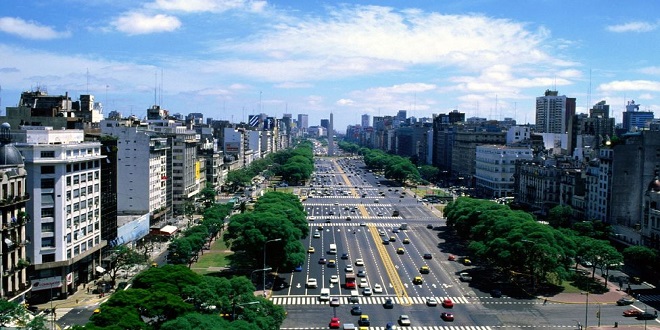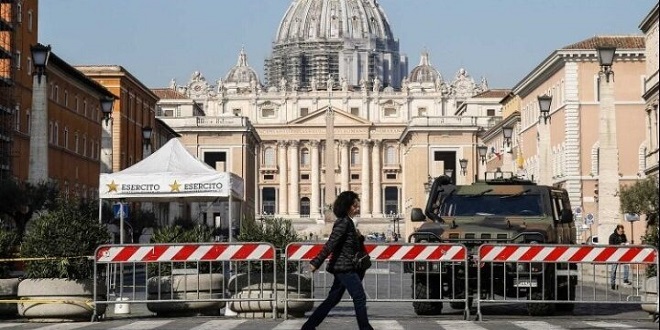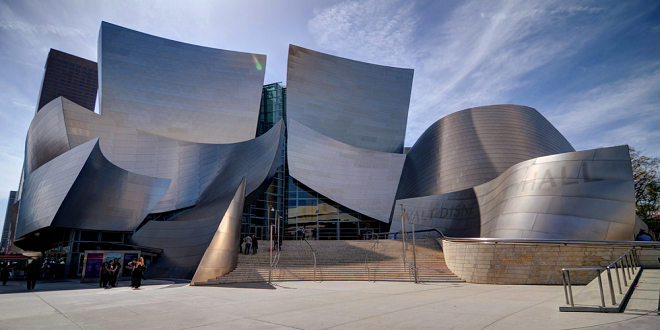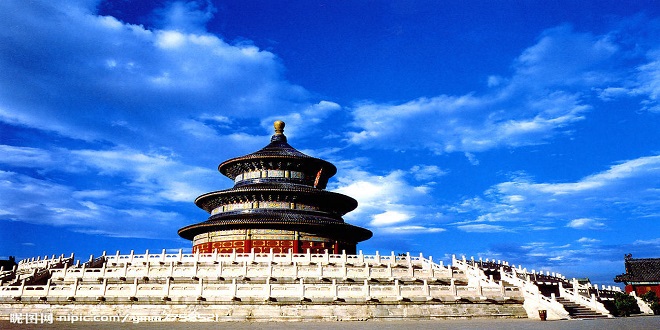Haghia Sophia San Marco, Venice, Italy vs Basilica San Marco
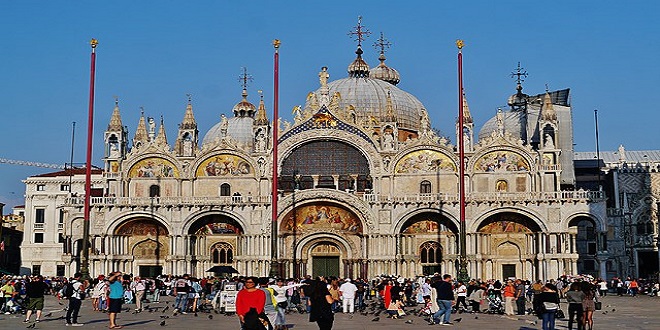
Hagia Sophia, built to proclaim the might and majesty of the Eastern Roman Empire, dwarfs Venice’s Basilica San Marco in age, scale, and artistic achievement
For nearly 1,000 years, Haghia Sophia was thought to be the most glorious church in Christendom. Filled with treasures and decked out in gold, marble, semi-precious stones, and sumptuous mosaics, the church unashamedly showed off the status of Constantinople, the capital of the Byzantine Empire. When its founder, Emperor Justinian, saw the church completed for the first time, he compared it to King Solomon’s splendid First Temple in Jerusalem, built 1,500 years earlier, exclaiming: “Oh Solomon, I have outdone you!”
Haghia Sophia has served different purposes over the centuries: it was converted into a mosque by Sultan Mehmet the Conqueror following his capture of Constantinople in 1453 and became a museum under Atatürk in 1935. Despite these incarnations, the building remains Istanbul’s most iconic monument and one of the great religious-historic wonders of the world. Venice’s better-known Byzantine treasure, Basilica San Marco, might attract more visitors, but when it comes to atmosphere and architectural splendor, Haghia Sophia wins hands down.
Forget san, Marco?
The build-up
This awesome 11th-century basilica, designed as the final resting place of St Mark the Evangelist, is one of the world’s most lavishly decorated churches. Among its many treasures are the saint’s tomb itself, the Byzantine mosaics adorning the ceilings, the Pala d’Oro altar screen, which has over 2,000 enameled panels studded with precious stones, and the San Marco Museum
The letdown
Basilica San Marco, the third church to be constructed on this site, postdates Haghia Sophia by 500 years. Disappointingly, many of its famous treasures are not the original church decorations but were looted from other buildings around the world. San Marco is also one of the most visited sights in Europe, and the crowds here are enormous, so don’t come for peace and quiet.
Going anyway?
If a visit to San Marco is still a must-do for you, try to come outside the main European holidays and avoid the hotter months, when Venice’s lagoon can reek. Arriving early in the morning will give you a head start on the cruise-ship and guided-tour groups.
Practical information
Getting There and Around
Istanbul’s main airport, Ataturk International Airport, lies 15 miles (24 km) west of Sultanahmet. Local trains, trams, airport buses, and taxis connect the airport with Sultanahmet.
Where to Eat
Istanbul boasts one of the best dining scenes in the world. Restaurants, bistros, taverns, cafés, fast-food stalls, and food and spice markets are found everywhere here. For atmosphere and authenticity, follow the locals to the Meyhanes (taverns) in Nevizade Sokak, one of Beyoğlu’s narrow streets, where you’ll find fresh fish and mouth-watering meze aplenty. If you’re looking for a restaurant with a view, head for Hamdi Et Lokantası.
Where to Stay
The famous Four Seasons Hotel Istanbul is hard to beat for its central location in Sultanahmet and luxurious interiors. The service here is also renowned.
When to Go
Spring (Apr-May) and fall (Sep-Oct) are the most pleasant times weather- and crowd-wise.
Budget per Day for Two
Budget per Day for Two From US$175 depending on your choice of hotel and restaurants, and including transportation.
Last word
Though much of the original material used to decorate Haghia Sophia has been looted over the centuries, many treasures remain. Don’t miss the dazzling 9th-century wall and floor mosaics, the 18th-century Sultan’s Loge, which allowed Sultan Ahmet III to pray unseen, and the impressive work of the master-calligrapher Mustafa İzzet Efendi, seen on the roundels that sit at the base of the dome. Also found here is the Weeping Column, which, legend has it, once belonged to St. Gregory the Miracle Worker, and which many people believe still retains powers of healing. This majestic building, which has withstood earthquakes and wars, is an enduring tribute to Byzantine art and one of the finest surviving buildings of antiquity.

